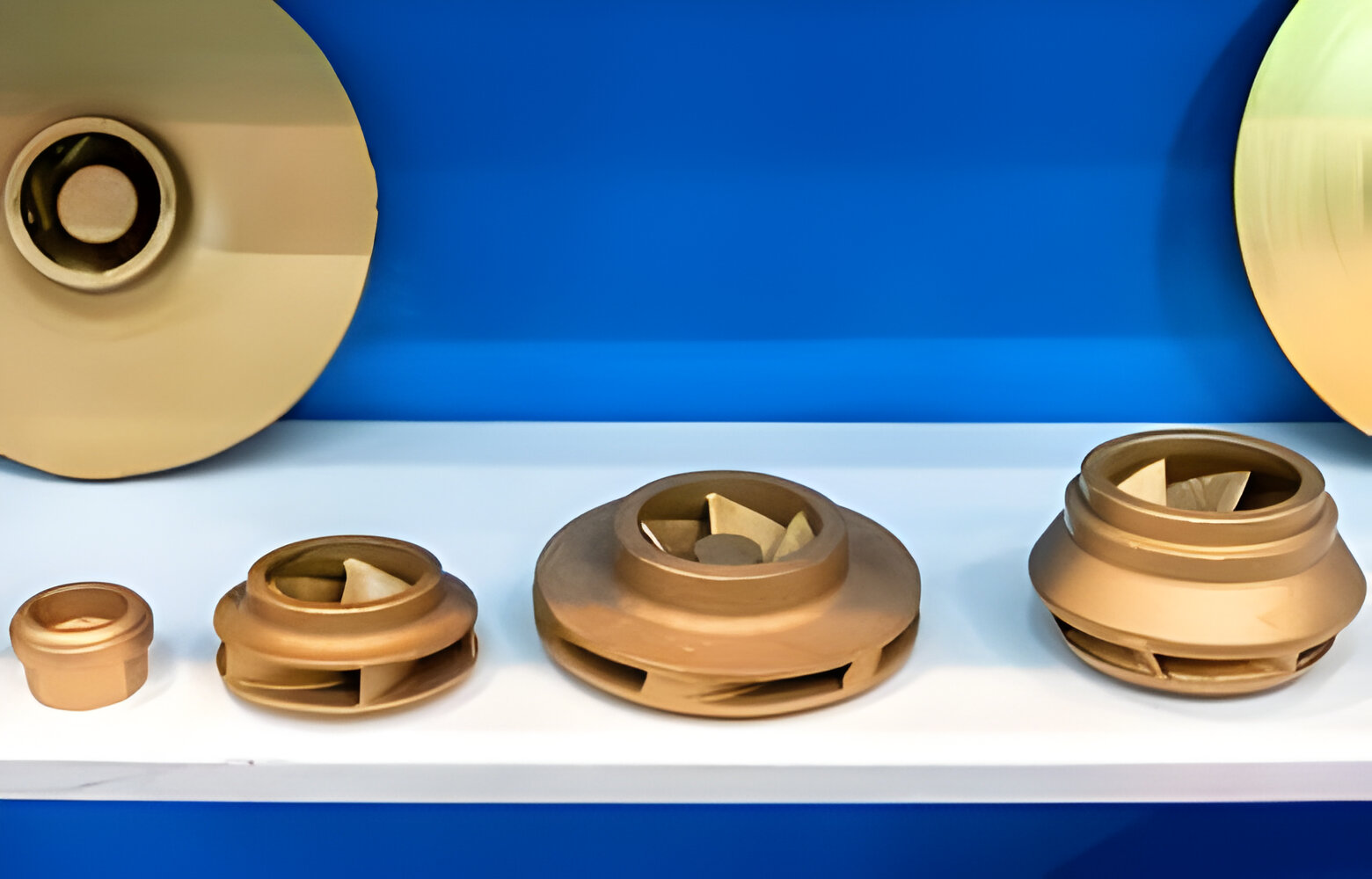In the world of agriculture and heavy machinery, stability is paramount. Tractors and skid steers are powerful tools, but their effectiveness can be compromised without proper balance. One essential solution to enhance stability is through the use of counterweights. In this guide, we'll delve into the process of crafting tractor counterweights to optimize your machinery's performance.
Understanding the Need for Counterweights: Tractors and skid steers are designed to tackle a wide array of tasks, from plowing fields to lifting heavy loads. However, these activities can exert significant force on the machinery, potentially leading to instability. Counterweights serve as a crucial solution by redistributing weight to offset the imbalance caused by various attachments and tasks.
Utilizing Skid Steer Counterweights: Skid steers, with their versatile attachments, often require specific counterweights to maintain stability. Skid steer counterweights are strategically designed to address the machine's unique weight distribution challenges. By adding counterweights to the rear or front of the skid steer, operators can achieve better balance and control, particularly when handling heavy loads or operating on uneven terrain.
Crafting Tractor Counterweights: Crafting tractor counterweights involves careful consideration of the tractor's weight distribution and intended use. While commercial options are available, custom-made counterweights offer tailored solutions for individual machinery. Here's a step-by-step guide to crafting tractor counterweights:
- Assess Weight Distribution: Begin by evaluating the tractor's weight distribution, considering factors such as the engine's location, attachment usage, and typical tasks performed. This assessment will guide the placement and size of the counterweights.
- Determine Material: Counterweights can be made from various materials, including cast iron, steel, and concrete. Each material offers distinct advantages in terms of weight, durability, and cost. Cast iron, for example, provides superior density, making it an ideal choice for compact counterweights.
- Design and Fabrication: With the weight distribution and material selected, proceed to design the counterweights. CAD software can aid in creating precise designs tailored to the tractor's specifications. Once the design is finalized, fabrication can begin using methods such as casting or welding.
- Installation: Proper installation is crucial to ensure the effectiveness of the counterweights. Securely attach the counterweights to the tractor's frame using bolts or welding, following manufacturer guidelines and safety protocols.
- Testing and Adjustment: After installation, conduct thorough testing to assess the tractor's stability and performance with the added counterweights. Make any necessary adjustments to optimize balance and ensure safe operation.
Contact KT-Foundry for Premium Counterweight Solutions: For those seeking high-quality counterweights for tractors and skid steers, look no further than KT-Foundry. With years of expertise in metal fabrication and casting, KT-Foundry offers a range of customizable counterweight solutions to suit your specific needs.
Whether you require skid steer counterweights designed for precision or robust tractor counterweights built for durability, KT-Foundry delivers unparalleled craftsmanship and reliability. Our team of skilled professionals works closely with clients to understand their requirements and provide tailored solutions that enhance machinery performance and safety.
Don't compromise on stability and efficiency. Contact KT-Foundry today to explore our premium counterweight offerings and take your agricultural or construction operations to new heights.






